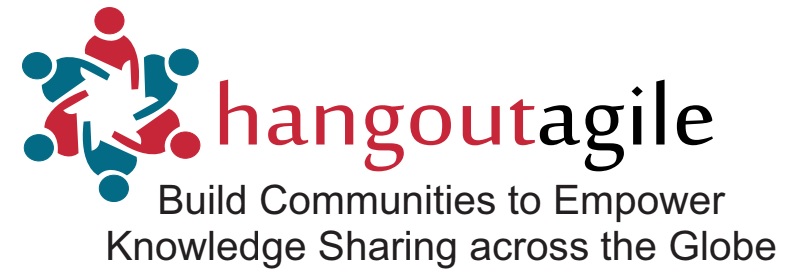Differences Between Scrum and Kanban:

There are two primary differences between these two Agile methodologies: how they deal with timing and their differing treatment of meetings/rituals.
Scrum focuses on getting things done within the predetermined sprint length. Each Scrum team determines how long its sprints will be, but it’s nonetheless a fixed timeframe.
Kanban, on the other hand, focuses on continuous releases. As soon as a feature/project/story is complete it goes out, and the team moves on to the next one.
Similarly, Scrum is more rigid in its approach to regularity and ritual. There is a great deal of importance placed on having the appropriate roles within the team and having the right meetings at the right times.
Sprint planning meetings, during which the team determines exactly what it can accomplish in a sprint by estimating the complexity of various tasks, are often cited as a serious drawback to Scrum.
These meetings can run very, very long (four to eight hours), and they rely on the team being able to estimate accurately the time it will take to do each item.
For some teams, this process alone becomes the Scrum deal breaker.
In Kanban, the process is much looser. Teams are expected to continuously improve their own processes and procedures just as they are expected to release continuously.
There is a greater onus on the team, particularly as there is no equivalent to a Scrum master who is in charge of managing the processes themselves.
These are merely the two most glaring differences in these two Agile methodologies; here’s an overview of the rest:
In SCRUM, Work is done within time-boxed sprints, generally of 2 to 4 weeks. The goal is to produce a potentially shippable product after each sprint.
In KANBAN, There are no fixed-length sprints. Instead, Team pull tasks from a prioritized backlog of things that need to be done.
In SCRUM, Product is released on particular cadence, which is determined by the Sprint’s length. So a team may release after 3 Sprints, or every 6 weeks.
In KANBAN, Releases occur continuously, or Whenever there is a shippable product created.
In SCRUM, There’s a heavy focus on cross functionality & Teams have no specified Role.
Then KANBAN, Team members can specialize and pull tasks related to their area of expertise, but too much specialization will reduce a team’s effectiveness.
In SCRUM, Sprint Kickoff’s, daily standups, sprint reviews and sprint retrospectives are vital rituals within the Scrum Process.
In KANBAN, There is an emphasis on continually improving processes, but no standardized regular meetings or rituals.


